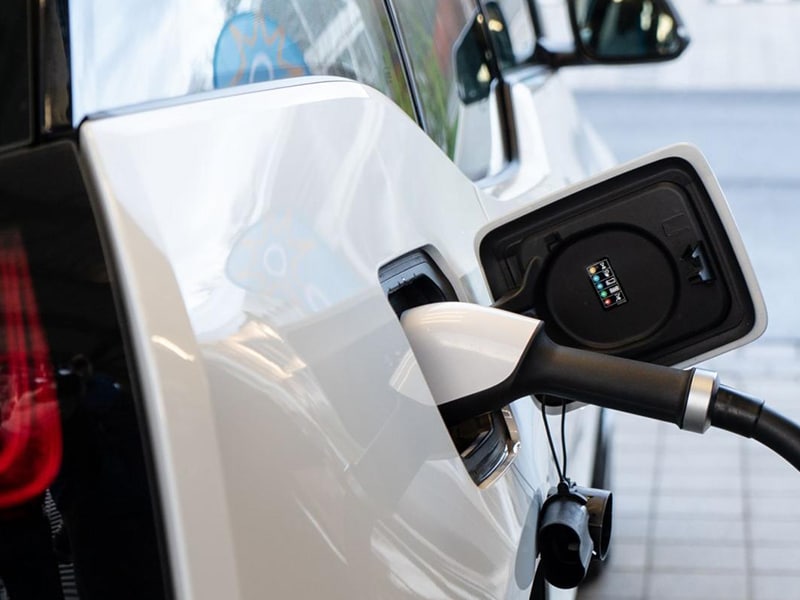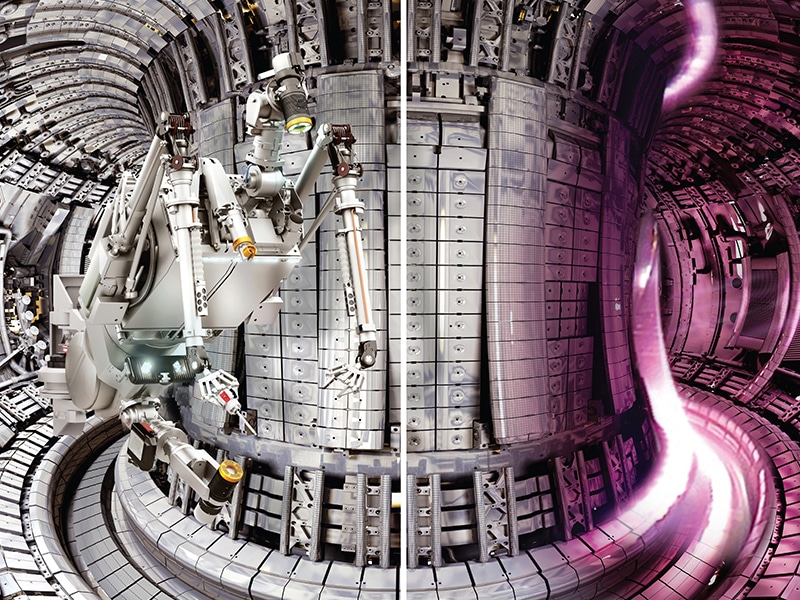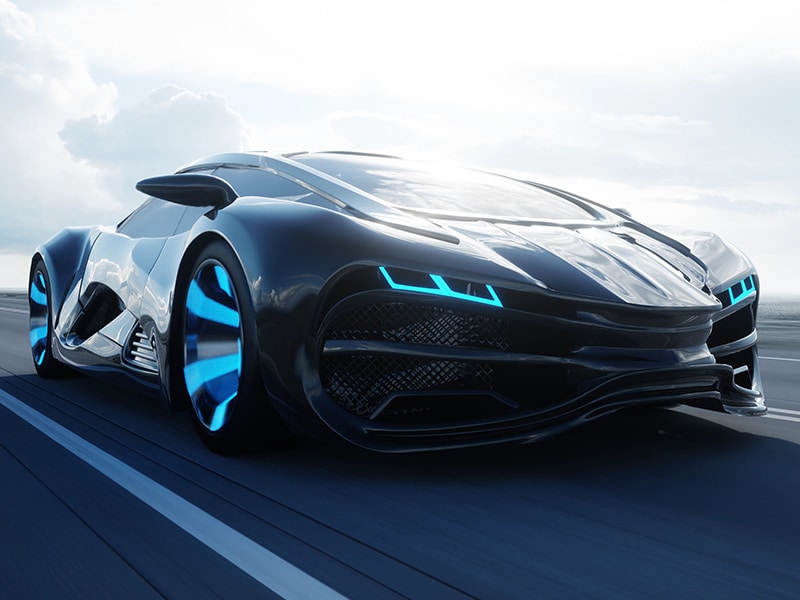
Oliver Rowland, photo by Nismo/Shell
Conceived in 2011, Formula E is embarking on its sixth season as an elite motorsport using only electric powered cars, after the thrilling spectacle of its New York City fifth season finale. The brainchild of FIA President Jean Todt and Alejandro Agag, the series was created after a few scribbles on a napkin to articulate their vision of demonstrating the potential of electric mobility and its ability to help enforce a more sustainable and energy efficient future.
Little did they know that this vision would blossom into the championship it is today. What’s more, it has kicked off a unique era of technological innovation and collaboration in the e-mobility space. Every race weekend, 11 teams, 22 cars and drivers take to the track to put these innovative machines to the test.
You need only look as far as the drivers and manufacturers involved in the series to see its immense appeal and calibre. A total of nine manufacturers are currently on board, including OEM giants such as Nissan, BMW and Audi, with Mercedes and Porsche also joining for season six, showing the same vision and enthusiasm for Formula E as the series creators themselves.
And the drivers are no different, as Nissan eDams driver Oliver Rowland explained during the Fully Charged Live Show at Silverstone earlier this year. His competitive motorsport career, like many of his peers, started with go-karting in the hope of one day reaching the illustrious Formula One World Championship. In 2018, whist fulfilling the role of test driver for the Williams F1 team, Oliver was handed an unexpected opportunity to join Nissan in Formula E in their first season.
“The opportunity came to join Nissan and with the way that Formula E is really on the way up, it was a no brainer for me,” comments Oliver whilst speaking to presenter Robert Llewellyn at Silverstone. “For a driver to drive in Formula E is actually extremely challenging,” he continues. “It’s extremely exciting that I can put myself up to the challenges in Formula E and against all these really good drivers”.
At any given race weekend, Oliver lines up on the grid alongside the likes of Formula One legend Felipe Massa, Le Mans 24 Hours winner André Lotterer and his own team-mate Sébastien Buemi, who won Formula E in the 2015/16 season.
Formula E’s ethos is bringing the racing to the city, meaning drivers are challenged on more narrow and temporary city centre tracks, resulting in inevitable contact with other cars. “All the drivers are covered by about three or four tenths, and in Formula E the driver can make a lot of difference” Oliver says of the competitive races.
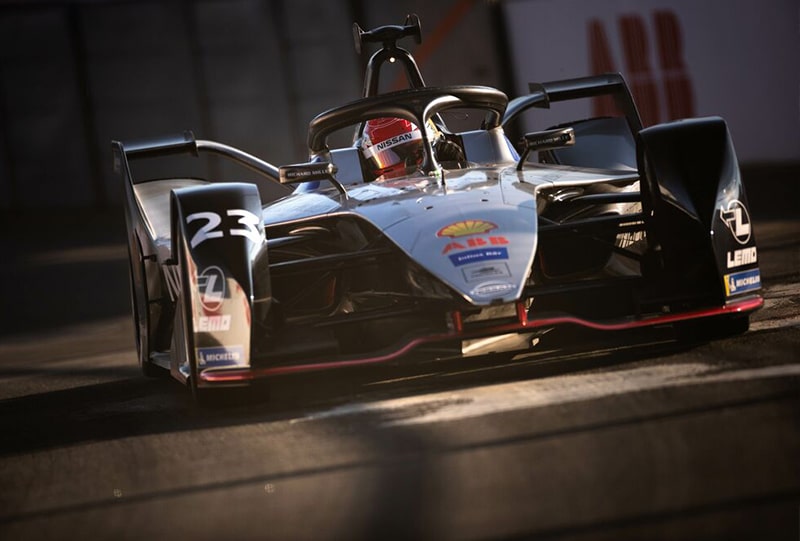
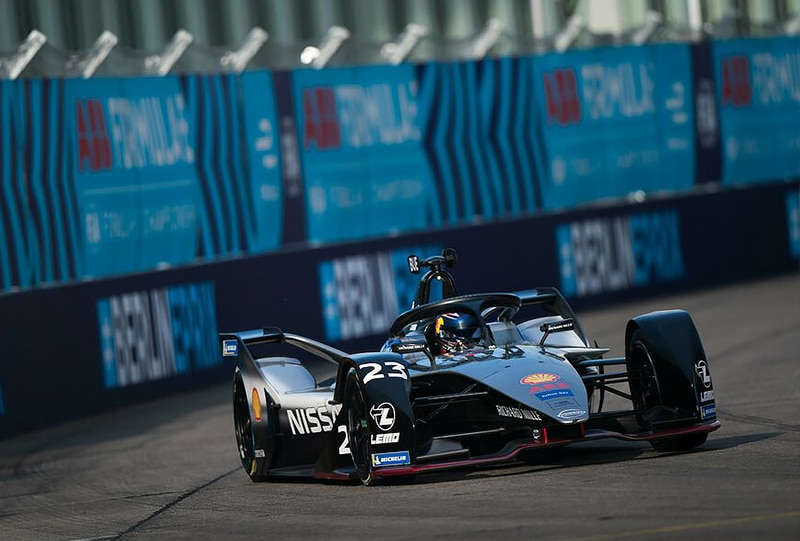
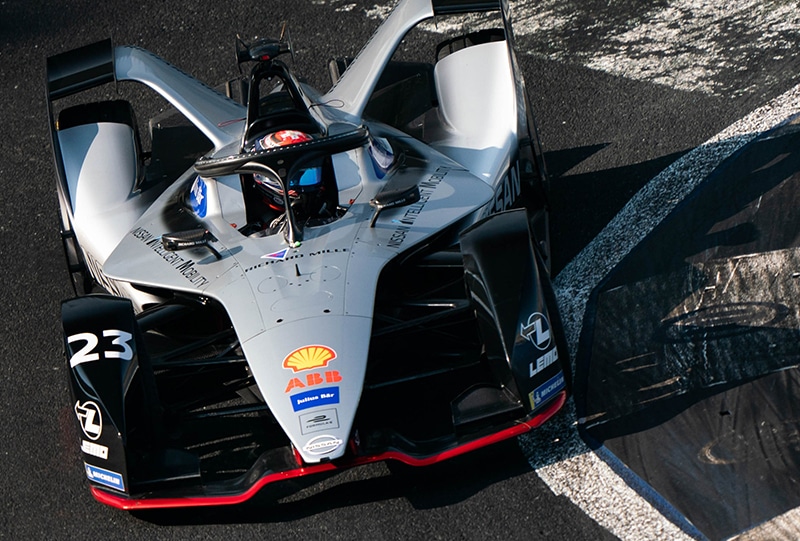
Racing for the future
As any driver would be thrilled at the prospect of having an equal chance of a podium finish, Oliver Rowland has additionally complimented the existing and potential future developments surrounding Formula E and its technology.
“All the manufacturers and brands that have come in – even Shell are involved with Nissan now – so I think the way it’s going over the next few years is going to be eye-opening,” he says. “Also the way the technology is improving. Already from season four to season five, the batteries doubled in size. They’re pretty exciting to drive on a small track!”
With 250kW of power, the Generation 2 car has double the energy storage capacity of the Generation 1 car, meaning it can complete the circuit without the need for drivers to change cars mid-race, as was previously the case.
But what about the road relevance of the championship? The technology that is developed for Formula E is utilised in mass-produced road cars, making it a key draw for many manufacturers and their partners.
“The software side of the cars is something that I am heavily involved in with the team, and I understand that these learnings can be transferred into road cars – especially from Nissan’s point of view,” Rowland added.
The scope for Formula E’s growth is huge, with the championship constantly striving to provide more speed and cover more ground in the races. And with the likes of Shell getting involved in the championship, clearly its not just the drivers and teams that can see the potential of the series.
“The more you learn about what Shell is doing and how they’re trying to help us as a team develop our package with the likes of lubricants,” Oliver mentions. “How we can work with Shell is fantastic, and the more you learn about what they’re doing in e-mobility the more impressive it is”.
The FIA Formula E 2019/20 season kicks off in October with pre-season testing in Valencia, before the first round in November in Saudi Arabia.
Watch a video with Robert Llewelyn talking to Oliver Rowland here.
Key Formula E Statistics
- Maximum power – 250kW, equivalent to 335bhp
- Race Mode (maximum power available) – 200Kw, equivalent to 270bhp
- Maximum power regeneration – 250kW
- Maximum speed – 280km/h (174mph)
- Acceleration – 0-100km/h (0-62mph)




